Popular on Food52
Continue After Advertisement
9 Comments
K.Schelling
July 27, 2016
does it really need to be refrigerated? I find it separates and even if vigorously shaken just isn't the same as when freshly made?
mimi.c
June 16, 2014
I make raw coconut milk weekly and it is far easier and faster. I use a white Thai coconut. Hit it in a circle with the bottom sharp edge of my chef knife in a circle. Pop of the top. Pour liquid into blender. The soft Thai cosine meat can be scraped out with the back is a spoon into the blender. Blend, strain into a nut bag (nylon and less messy) and voila! Easy yummy and it can be used in drinking, cooking, and all milk substitutes!
Panfusine
June 13, 2014
Way too much work.. The easier way is to thoroughly drench the coconut with water and sharply tap along the 'equator' with the claw end of a hammer. It splits in two cleanly. After that it takes less than five minutes to shred all the meat out (leaving the brown woody end on the shell) with a traditional Coconut scraper.
HalfPint
June 13, 2014
My mother's method for making coconut milk was very low tech. She would crack the coconut in half (using the blunt side of a butcher's cleaver or a machete). Then she would grate the 'meat' using this contraption, http://marketgurney.com/p/2158735/Coconut%20Grater-Wood-%252d%252d-3GGUO005ZRTWJJ98.html
Then she would pour hot water into the bowl of grated coconut and squeeze/massage to extract the milk. The mixture was then poured into a reusable muslin cloth and the milk would then be squeezed into a bowl. It's a good workout for the arms and hands, but the milk is glorious and delicious.
Then she would pour hot water into the bowl of grated coconut and squeeze/massage to extract the milk. The mixture was then poured into a reusable muslin cloth and the milk would then be squeezed into a bowl. It's a good workout for the arms and hands, but the milk is glorious and delicious.
Lindsey S.
June 13, 2014
I'm always too intimidated to even touch a coconut. Definitely going to try this soon! So awesome, Tieghan!
Allyn
June 13, 2014
I do the lazy version of homemade coconut every week (http://girlnamedallyn.wordpress.com/2014/05/28/homemade-coconut-milk/), but I'm sure this is a whole different animal. I know that Andy Ricker at Pok Pok makes his from whole coconuts, and it's amazing, as is everything else he does.
One day, i'm going to have to buy some coconuts and do it.
One day, i'm going to have to buy some coconuts and do it.
petite_oiseau
June 13, 2014
How thick is the end result? Can you compare it to 0%, 2%, 4% milks, half & half, or heavy cream? Thank you!
HalfPint
June 13, 2014
Depending on how much water you use. I would say that the end results is somewhere along the line of HH and light cream.
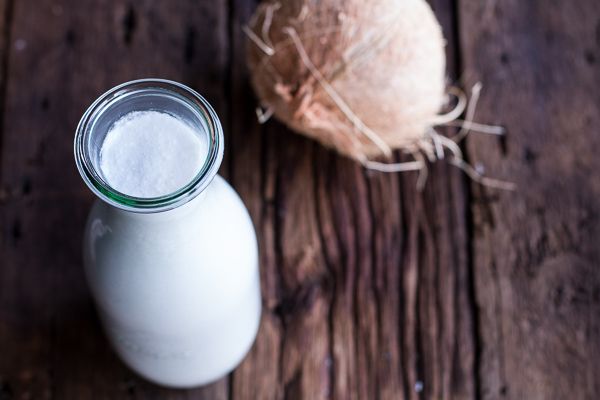
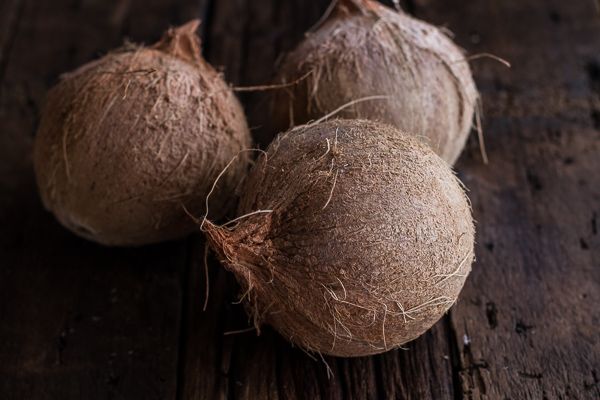

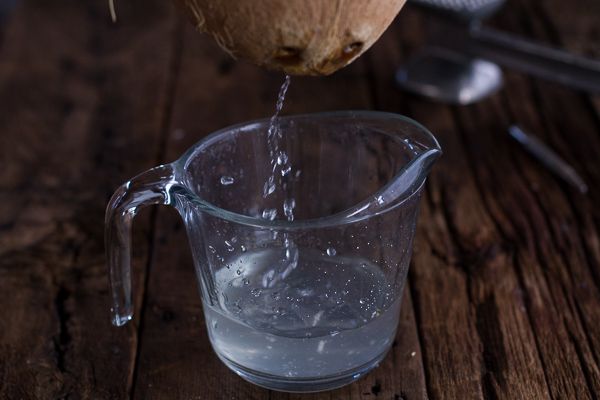
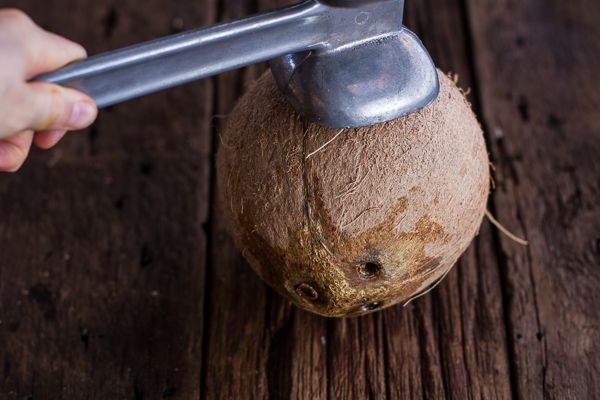
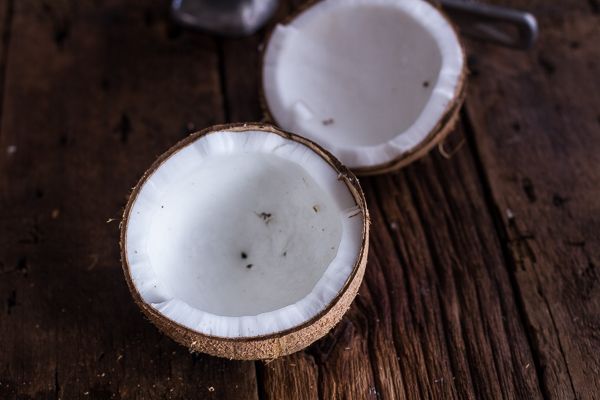
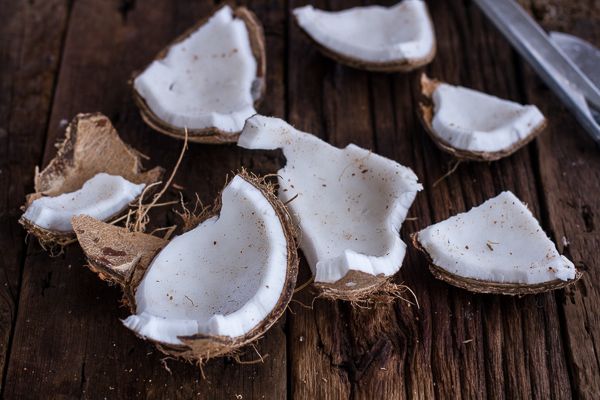
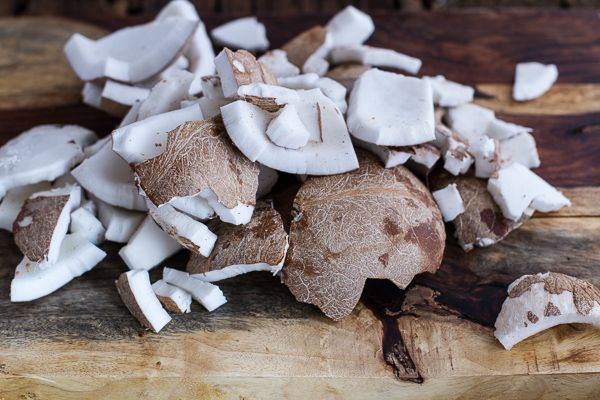
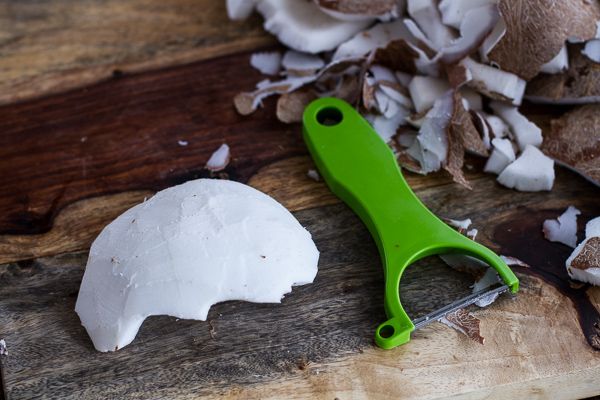
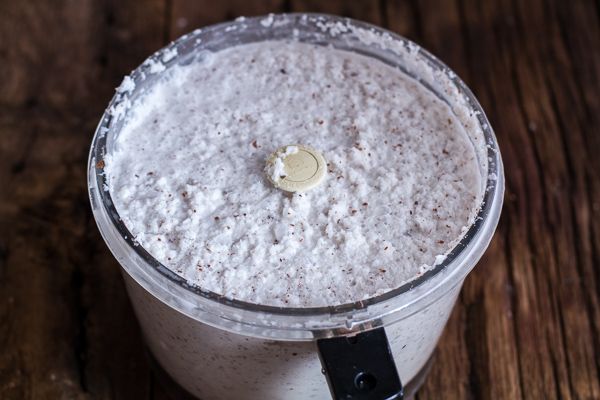
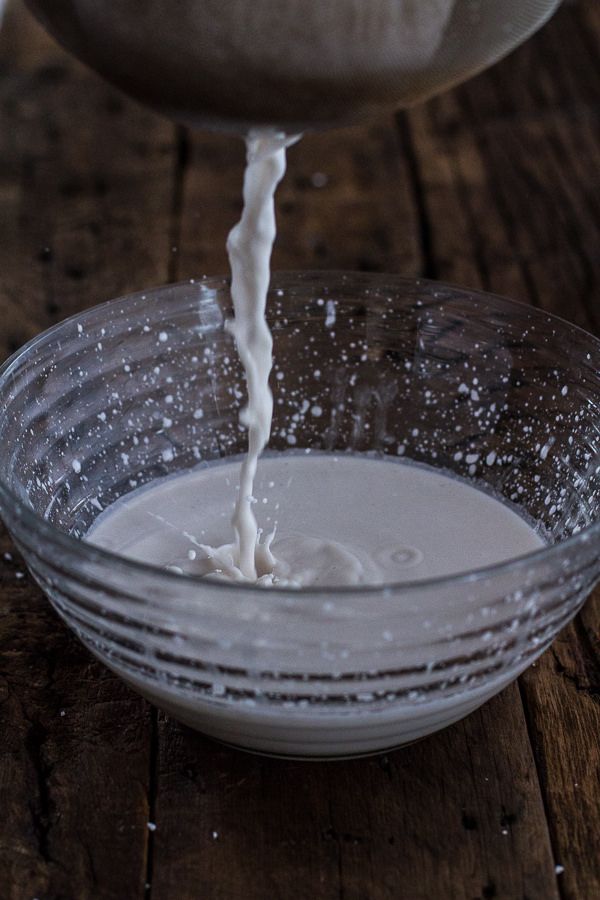
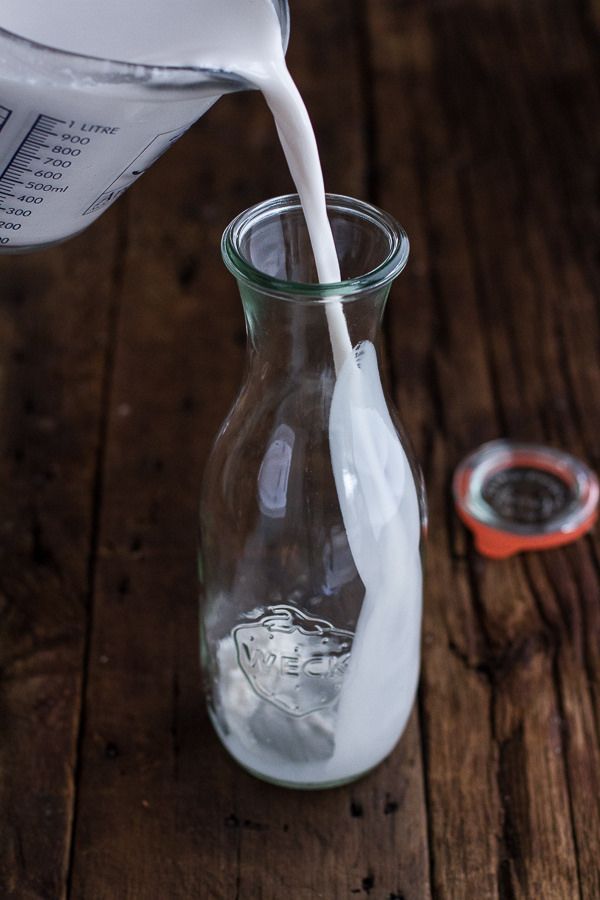
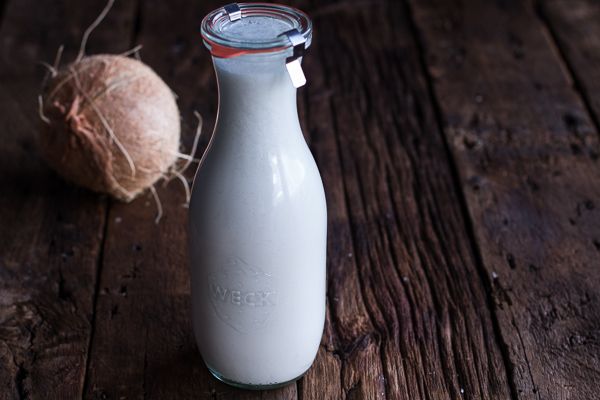

See what other Food52 readers are saying.